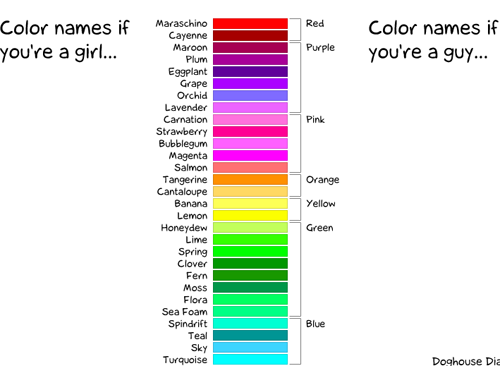Well, that would depend upon the animal.
Animals with a tapetum lucidum can see in much dimmer light than we can. You know how a deer's eyes shine in headlights, or your cats' shine in photographs? That's from a feature called the tapetum lucidum -- it's different than red eye in human photographs though. The tapetum lucidum is a retro reflector (a reflector that sends photons back in the same direction they came -- stop signs are coated in retro reflectors) so it gives the retina a second or third opportunity to capture a photon that would otherwise go undetected in animals lacking a tapetum lucidum.
The retro reflecting properties are really important though. If the photon didn't return on the same path it took, the photon would hit a part of the retina that was focused on receiving light from another direction. As a result, the animal would lose a lot of sharpness in vision.
Anyway, as I understand it, this allows for an animal like a cat to see light 6 times fainter than a human. I imagine that includes the night sky -- animals with good night vision probably see a much fuller sky, akin to leaving the shutter on your camera open for a longer exposure.
I should clarify though that I'm speaking about animals with good binocular vision -- animals with eyes that are focused in front of them like us. Horses have a very wide field of vision, but are unable to focus like we are.
Animals do see in different ways than humans do. Humans have 3 classes of cones: red green and blue. All the colours we see are a combination of 3 cones detecting in those wavelengths. You might have often heard dogs refereed to as being colour blind, but it's not monochromatic (all grey) colour blindness. Rather, they only have 2 classes of cones to sense different wavelengths of light.
Dogs see the pictures on the right:

Most mammals are dichromatic, like dogs. The ancestor to most mammals was trichromatic, as are most reptiles alive today. Losing trichromatic vision enables better night vision, which is why most mammals today remain dichromatic: for most of our evolutionary history, we were nocturnal animals. Some primates, such as great apes and some New World monkeys have regained trichromatic vision. Some marsupials never lost it.
This leads to one of the coolest things about sight: you can be more sensitive than trichromatic. Some turtles have 5 classes of colour-sensitive cones. Very rarely, some human women have 4 classes -- what their vision would look like is impossible to describe, but those women would see the world differently than you and I. In the same sense, a turtle watching our TV, which is based on RBG colour, would think it looks as dull as black and white TV looks to us.
And lastly, yes, some animals see different wavelengths all together. If you take photographs of flowers in ultraviolet, you will see strange patterns on the pedals that insects can see. Those patterns are invisible to us. Those insects can't see what we consider red though. Our red is infrared to them. Cool, no?
It gets cooler! If you project a rainbow on a wall, and ask people to mark where the rainbow starts and ends, you will get different marks. I did this in highschool, and people were reporting the rainbow ending past what I could make out.







 that's cultural, I suspect . . .
that's cultural, I suspect . . .